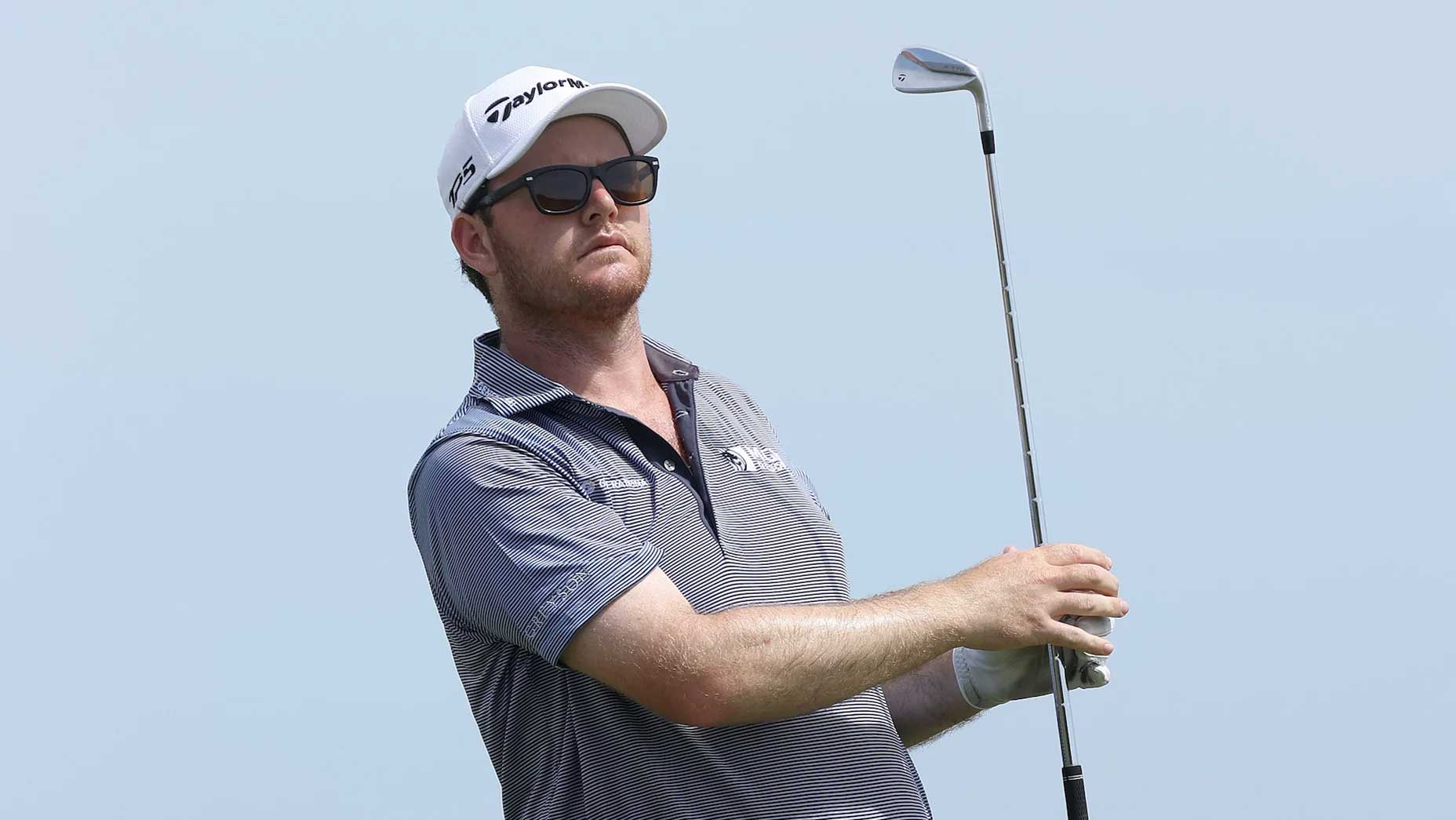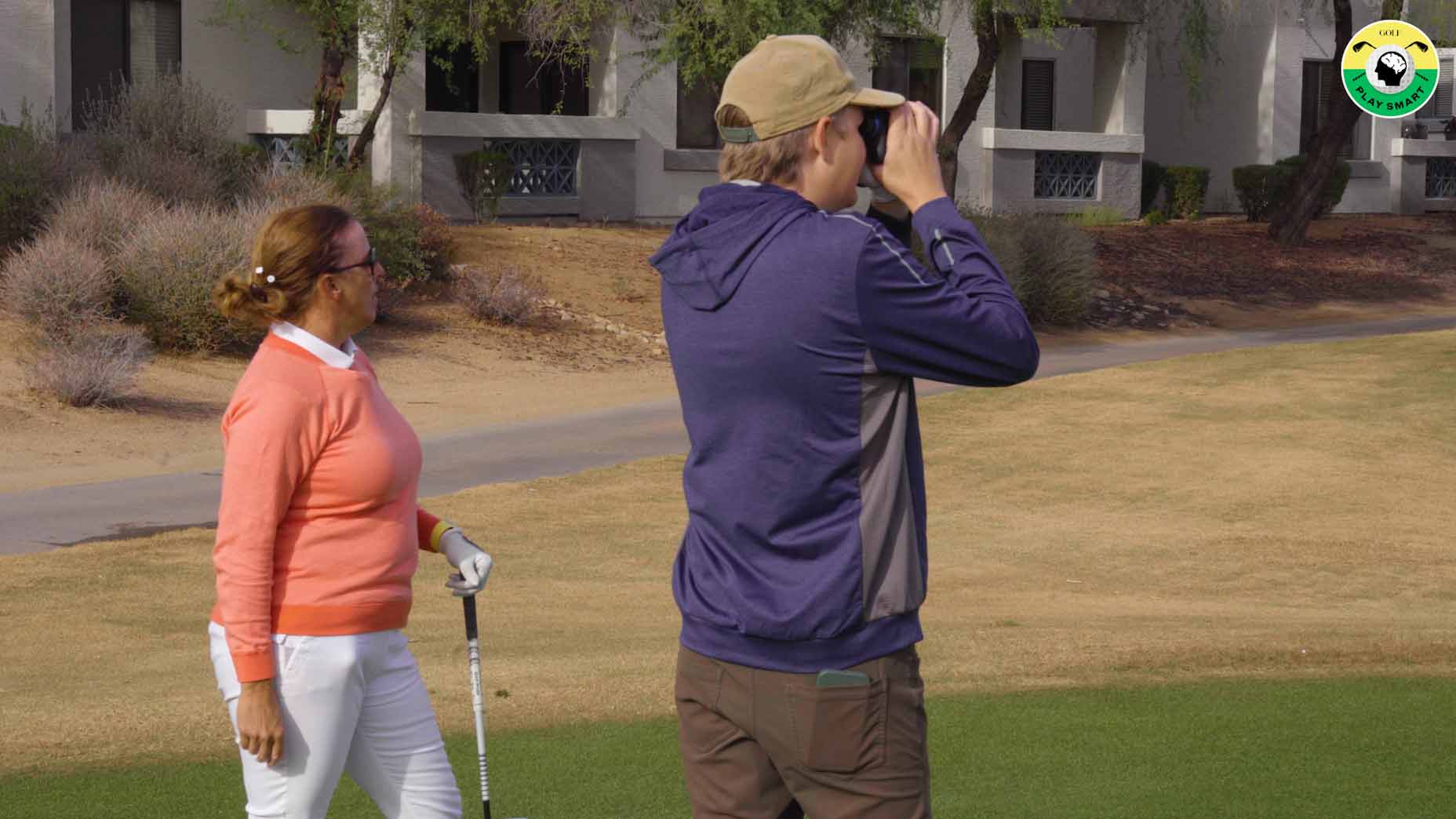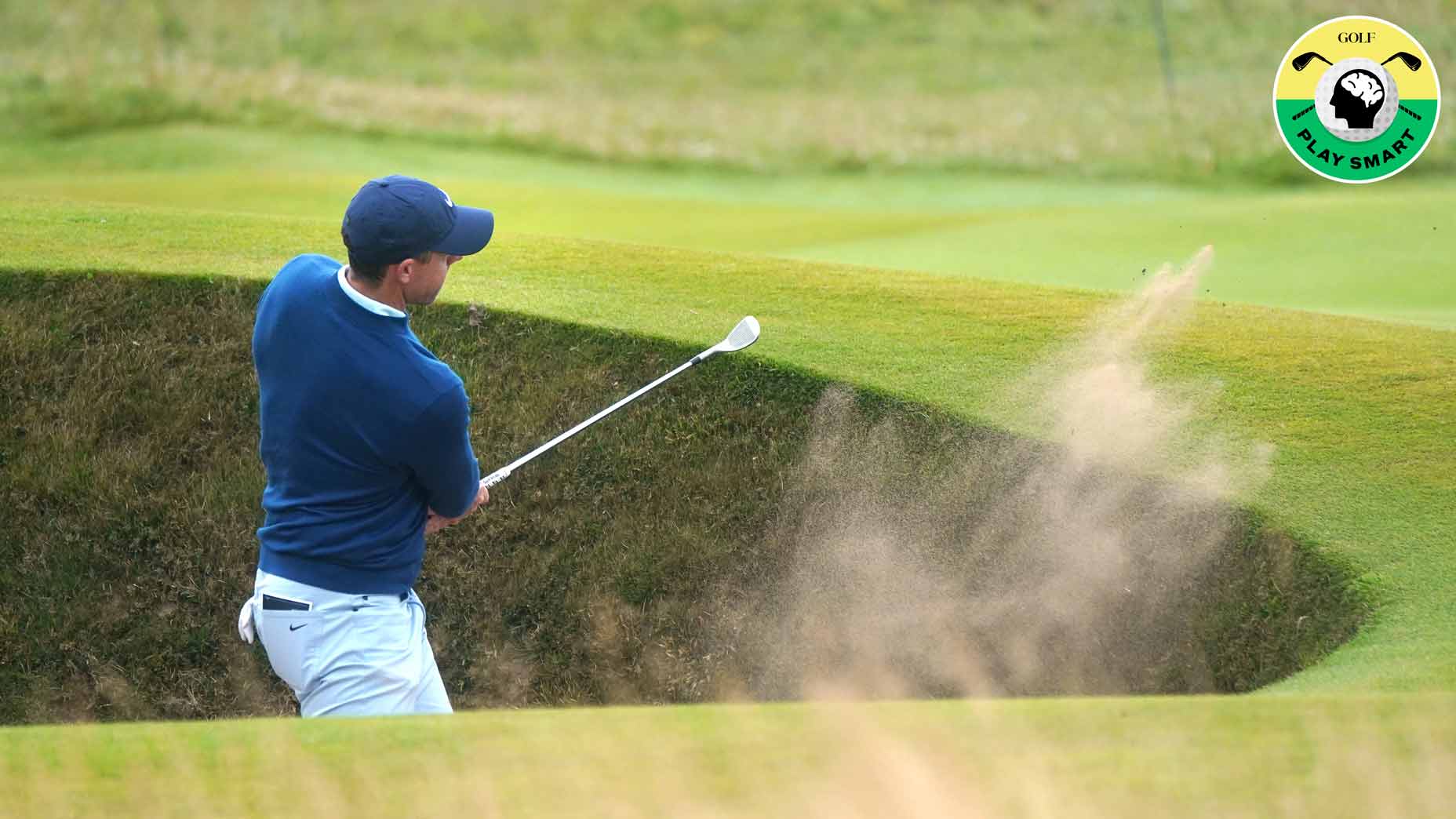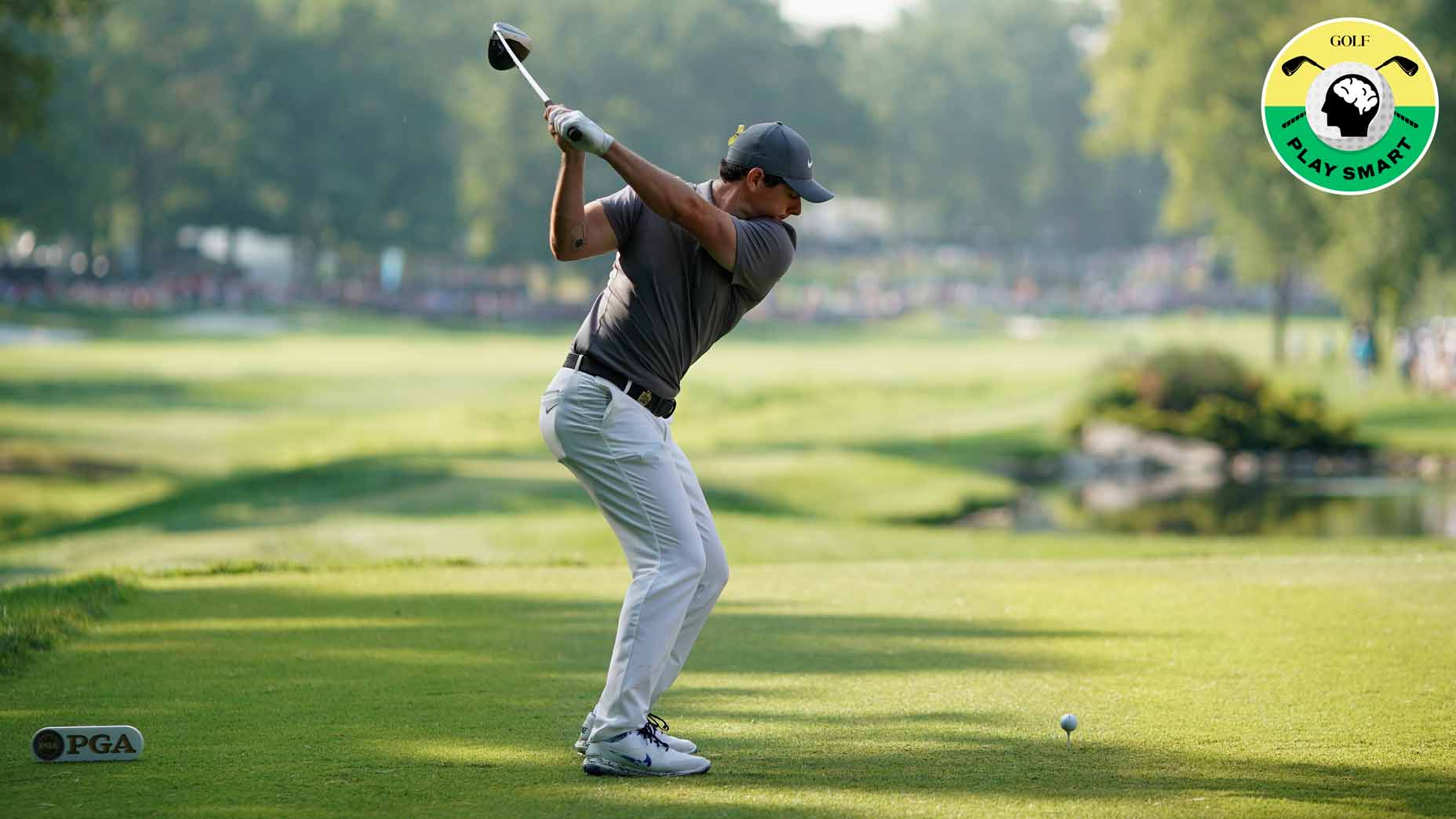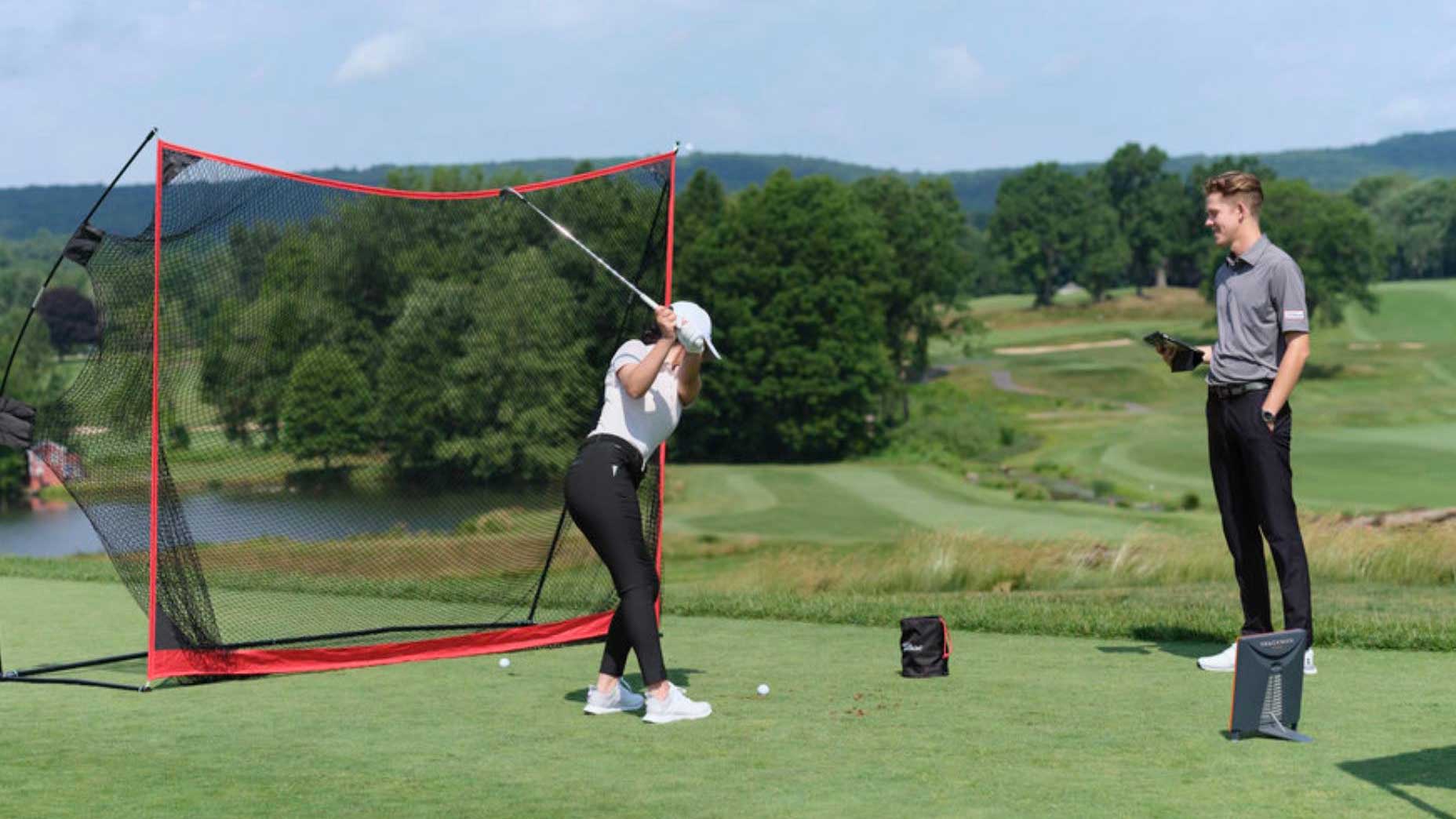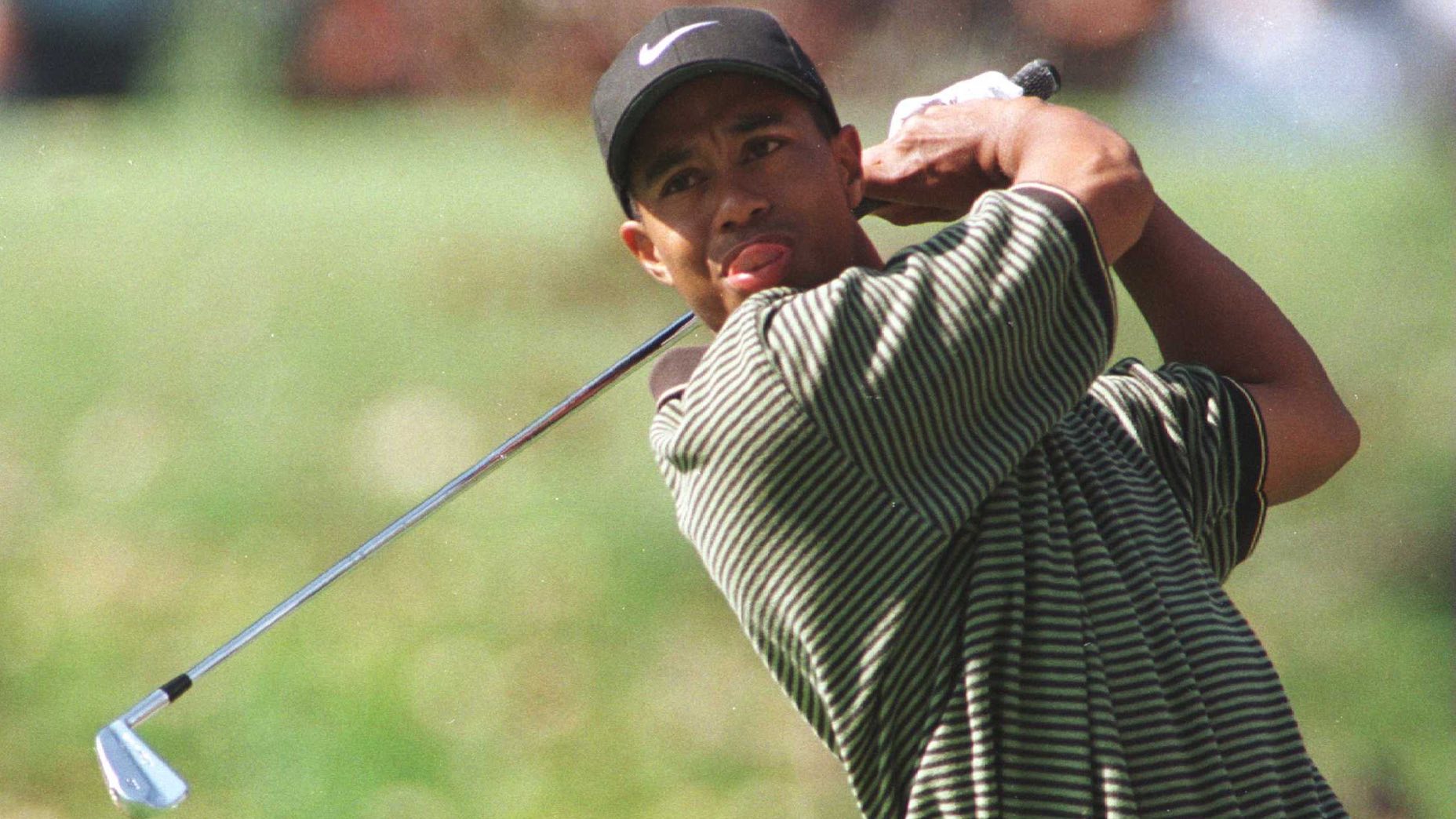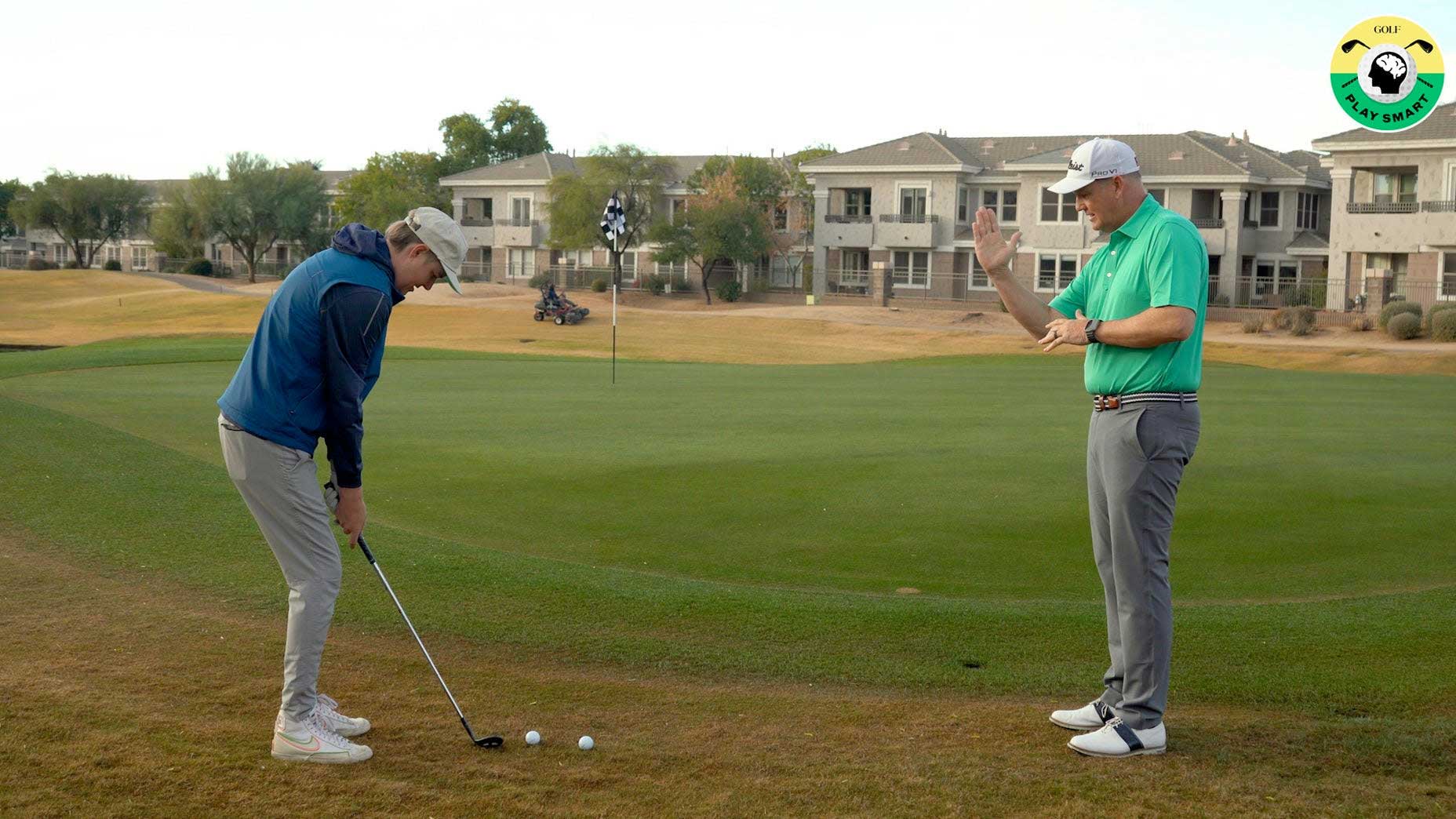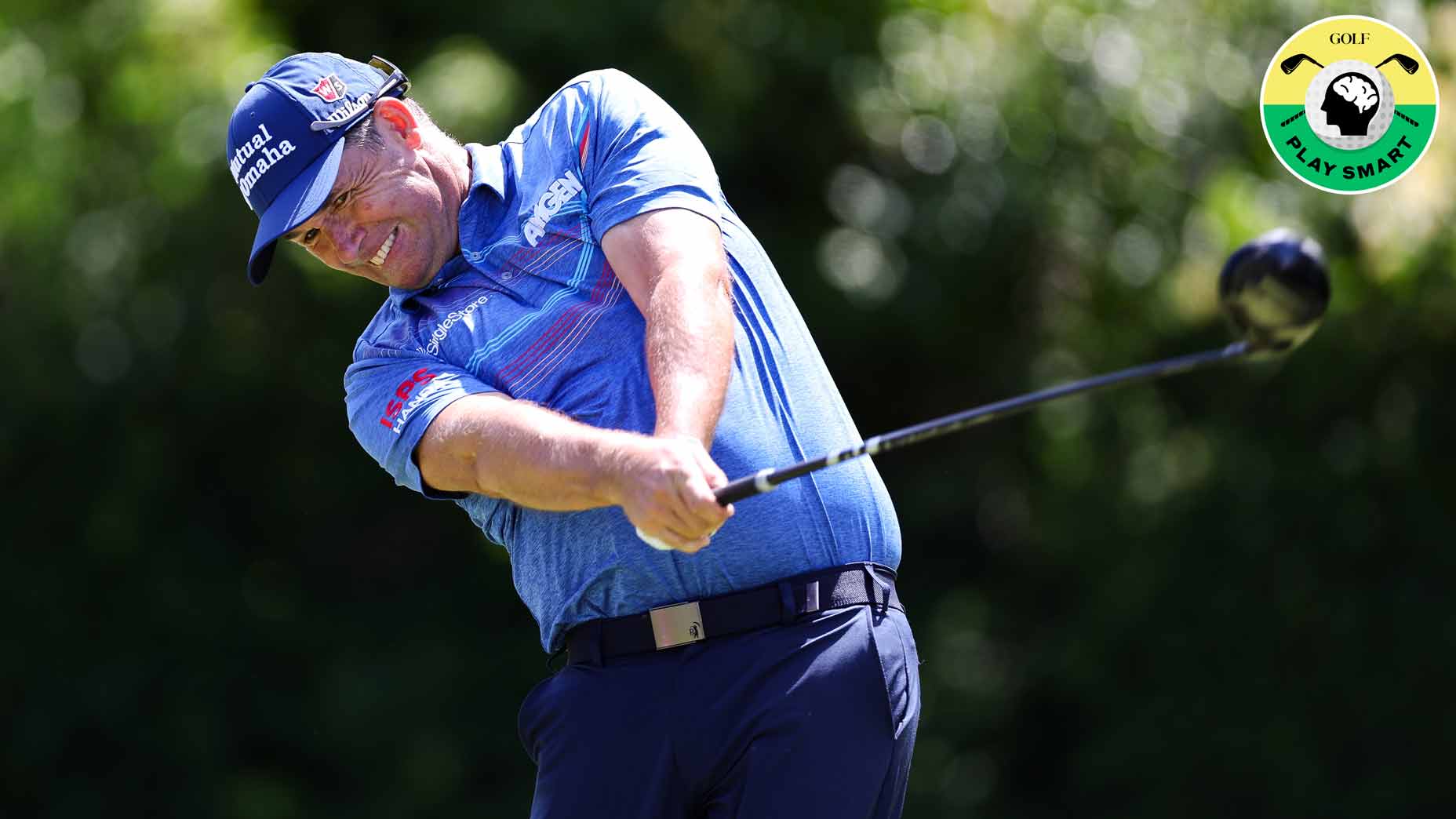What is descent angle? The important metric you’re probably ignoring
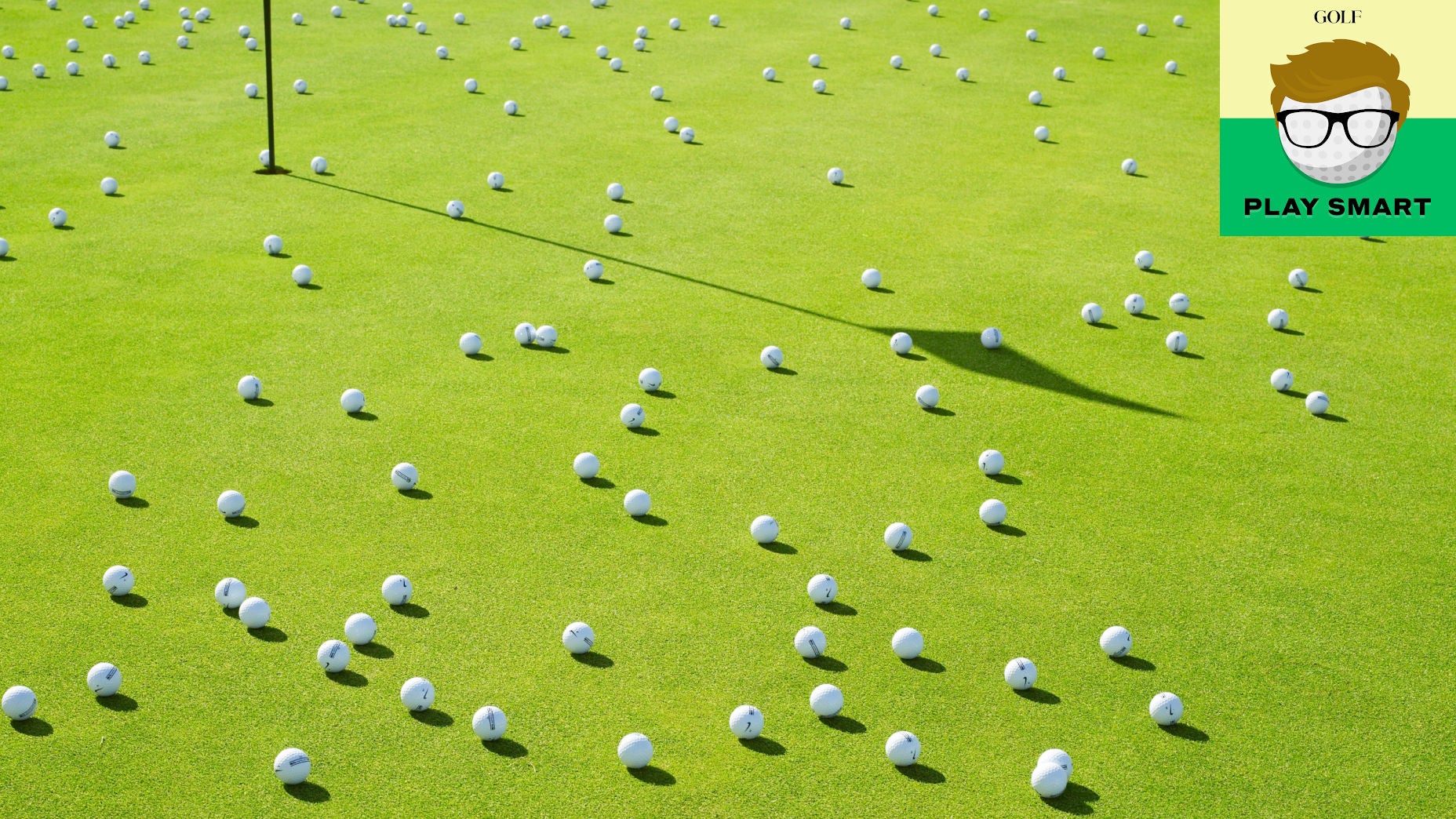
Dialing-in your descent angle can give you the best of all worlds.
Getty Images
Welcome to Play Smart, a game-improvement column that drops every Monday, Wednesday and Friday from Game Improvement Editor Luke Kerr-Dineen to help raise your golf IQ and play smarter, better golf.
Backspin — a term most golfers would’ve heard by now — is the natural byproduct of a club with loft hitting a golf ball at high speed. Backspin helps get the ball into the air, and it helps stop the ball once it comes down to earth, too. When you have lots of backspin, the golf ball doesn’t just stop still, it sucks backwards. We all love when that happens.
Backspin, and its associated metrics like RPMs (revolutions per minute), has made its way into the general golf parlance in recent years. But overlooked in our quest to land our golf ball quickly and softly on the greens is another metric that plays an equally important role: Descent angle, or landing angle, which is the angle at which your golf ball approaches the ground.
A ball rolling along the ground has a landing angle of zero, whereas a golf ball dropping from the heavens has a descent angle of 90 degrees. If a ball comes in too low, it’ll skip forward even if it has more backspin on it than a ball with no backspin on it, dropping vertically down.
Simply put, if you want your ball to stop on the green, it has to come in with a high enough descent angle.
50(ish) degrees
Traditionally, golfers have struggled to get their irons up in the air, but innovative club design means that for all intents and purposes that problem is one of the past.
I was reminded of this earlier in the week, when my snazzy new set of Titleist T200 irons rolled up at my door. The irons have tungsten in the heel and toe, and hollowed out the back of the iron, both of which put the club’s center of gravity lower in the clubhead thus sending the ball higher into the air.
Technology like that means manufactures can respond by squeezing maximum distance gains out of other areas, like lowering the actual loft of the club, and chasing the high-launch/low-spin sweetspot without fear the ball is ever going to launch too low.
Which brings us all the way back to descent angle. Use it right, and it can provide golfers the best of all worlds.
Modern technology in irons means golfers can chase their optimal high-launch/low-spin formula based on their swing speed for maximum carry distance, while also getting their ball to stop fast by dialing-in their landing angle, rather than relying on distance-robbing backspin.
The best landing angle for you depends on how fast you swing the club (find a good clubfitter and they’ll get you dialed in no time), but generally speaking, pros look for a landing angle just shy of 50 degrees on their irons, with backspin in the 6,200 RPM range.
I took my new 6-iron for a quick spin on the Foresight Quad, and after 10 shots ended right around that just-shy-of-50-degrees mark, with about 5,000 RPMs.
My average over the 10 shots was a little lower at 47.3 degrees, but that also included a badly thinned outlier shot that descended at just 42 degrees and barely cracked 3,500 spin. AKA, the kind of thinned shot that makes your hands hurt when it’s cold outside, so I’m not sweating it.
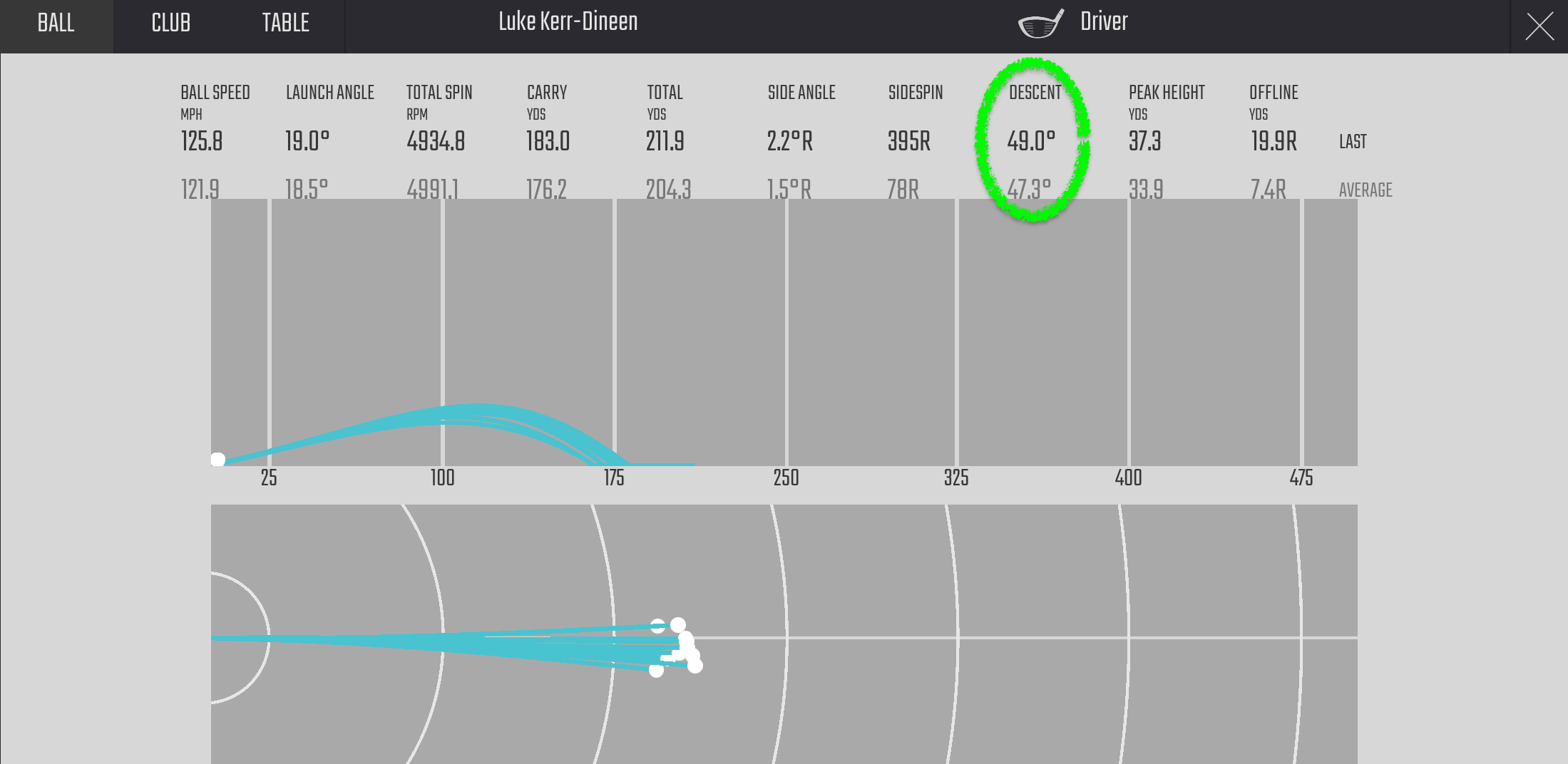
All of which is to say: Descent angle! It’s important, so now that you know what it is (hopefully) pay closer attention to it in the future. Ask your clubfitter about it, and the next time you hit balls on some kind of launch monitor, keep an eye on it. Get it right, and it’ll allow you to unlock all the wonders of modern golf technology.
Want to overhaul your bag for 2022? Find a fitting location near you at GOLF’s affiliate company True Spec Golf.

